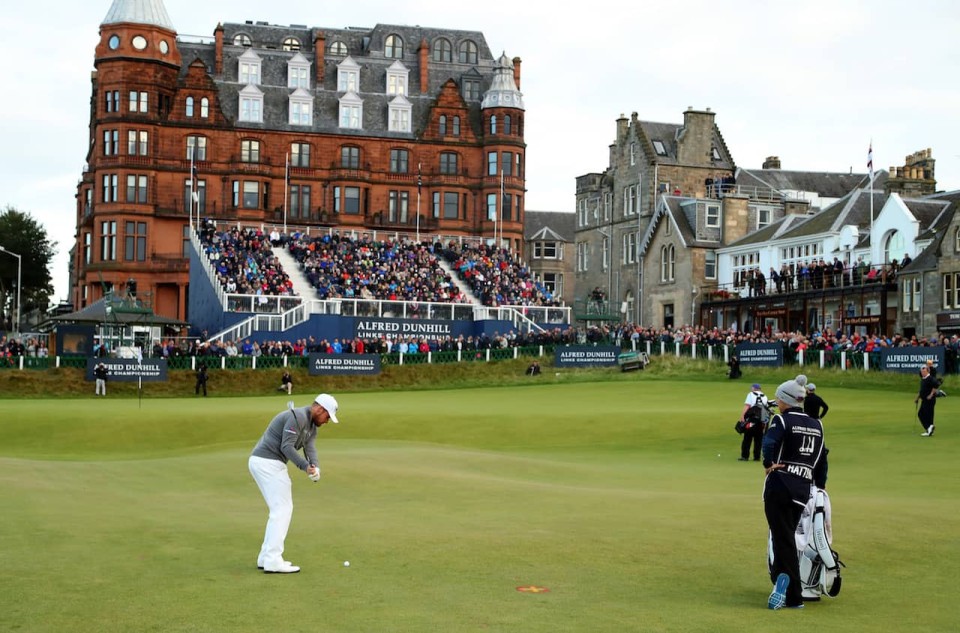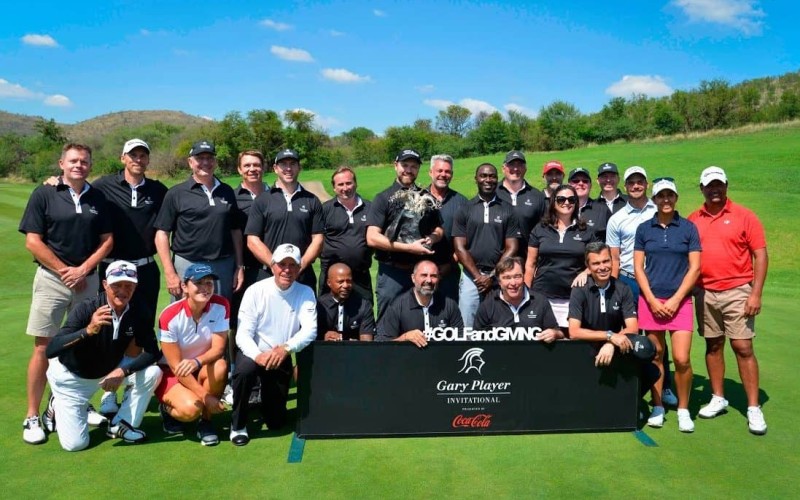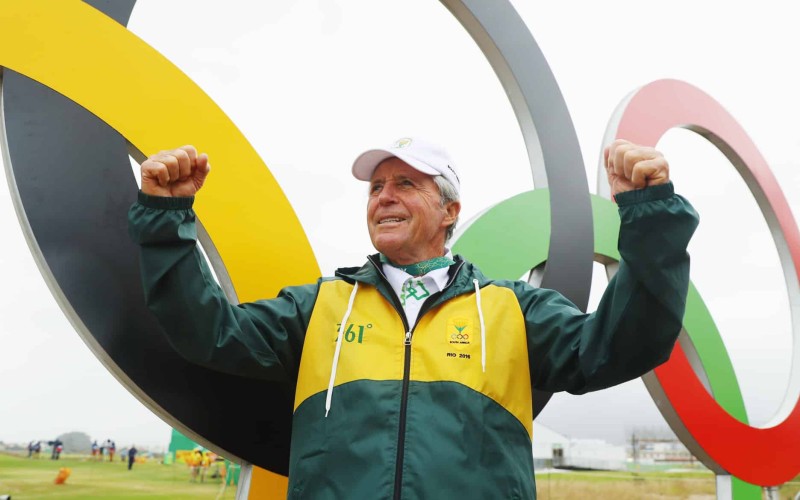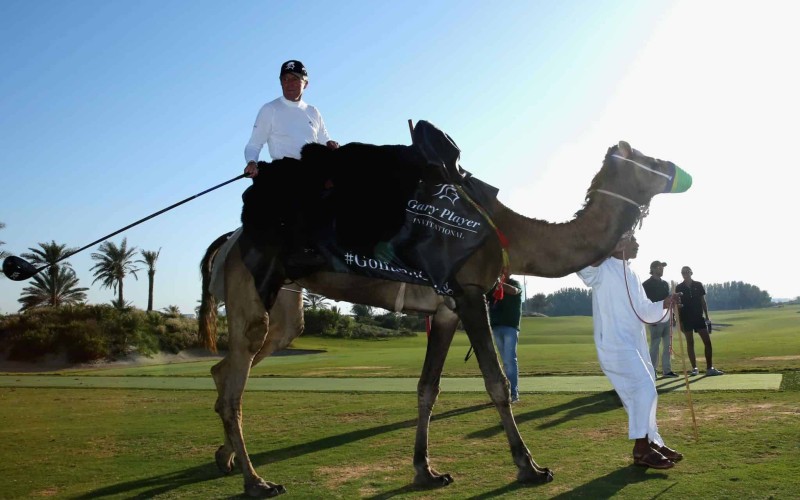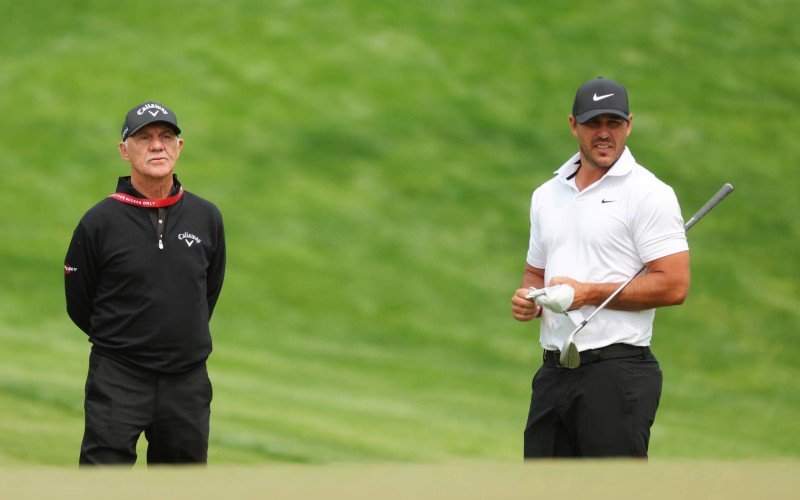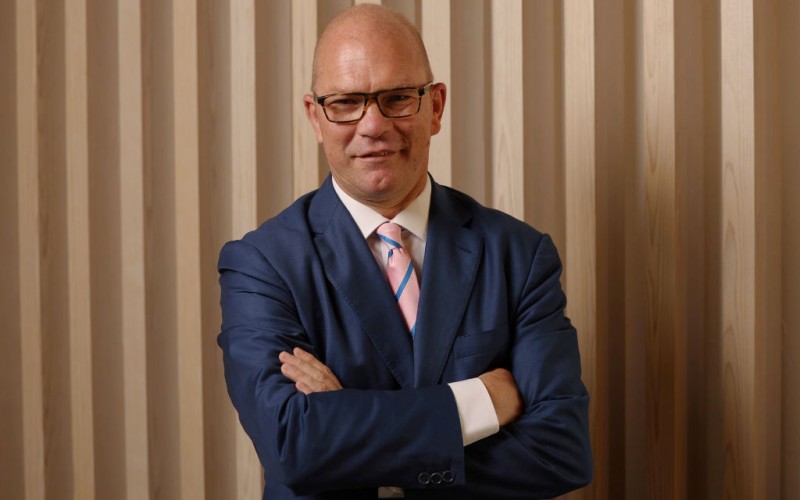Course records at Carnoustie and St. Andrews being broken at the Alfred Dunhill Links Championship is a warning sign that our classic courses are in danger of becoming obsolete due to ongoing new technology.
I have said it many times over many years that the powers that be have to find a way to limit the distance that players can hit a ball before so many of our iconic, famous and treasured golf courses are made redundant for being too short.
I am truly delighted that Ross Fisher played so well, along with several other players, in the Dunhill Links Championship, scoring 61 over the Old Course at St Andrews in the final round. Despite his course record 61 he had to settle for second place, three shots adrift of Tyrrell Hatton, who finished 24-under par.
Given that the weather was unusually kind over the four days at Carnoustie, Kingsbarns and St Andrews, scoring was very low all week and Tommy Fleetwood also broke the course record at Carnoustie.
Did you know…the 5th and 13th green @TheHomeofGolf is one of the largest in the world, it takes one Greenkeeper 1.5 hours to mow pic.twitter.com/KTfYwshf0h
— Alfred Dunhill Links (@dunhilllinks) October 13, 2017
They are entitled to feel great about how well they played and I congratulated them accordingly. There’s no question that shooting a 61 on any course in an official event is an outstanding achievement and I believe, generally, that this is good for golf.
Having said that, this is certainly another wake-up call in regard to how the game has changed due to the advancement in technology in the ball, the equipment and conditioning.
I’m aware that American Justin Thomas shot a 59 in the Sony Open in Hawaii and that South Africa’s Branden Grace had a 62 in The Open at Royal Birkdale this season. This erosion of our golf courses has been gradually eating up the yards over the last 50 years.
I’ve been criticised throughout that time for pointing out the obvious danger to the game. I issued the warning decades ago that players would soon be hitting the ball nearly 300 yards and many people laughed at me. We are now looking at the situation where the big-hitters will soon be driving the ball accurately more than 400 yards off the tee.
The only way to save our traditional golf courses that currently host our Majors, and maybe even save the game of golf itself, is to limit the equipment as well, as to how far the ball can go. I’m not including amateurs, I’m talking about the professionals. Let the weekenders have all the help they can get.
It’s good to be able to provide the amateurs golfers with all the ammunition there is. It will keep them on the golf course and we need more people to play golf around the world. We don’t need courses to become unplayable for the general public because they can’t match the new, extended golf courses designed for Tour pros who can hit it a country mile.
.@TyrrellHatton and amateur partner and actor Jamie Dornan are about to tee off, and have a clear strategy for this final round. pic.twitter.com/SGKZVk83hC
— Alfred Dunhill Links (@dunhilllinks) October 8, 2017
We all like to see big-hitting, exciting golf. But many tournament courses are played on layouts that were not designed to challenge a player who is hitting the ball so far with par-5s reduced to par-4s and sometimes to par-3s.
Golf is a game of traditions and history. If we continue on the same lines, our best loved courses like St Andrews will become obsolete.
Many courses have already taken the tee boxes further back to add extra distance but for so many great courses that is just not possible. The added cost of this land, more maintenance, extra water and higher overall costs are simply not sustainable to most golf courses.
I have suggested over the years that one answer is to reduce the distance the ball can travel for the Tour pros. Let the technology in balls and equipment continue for the amateurs but limit the distance for the balls the Tour players play.


